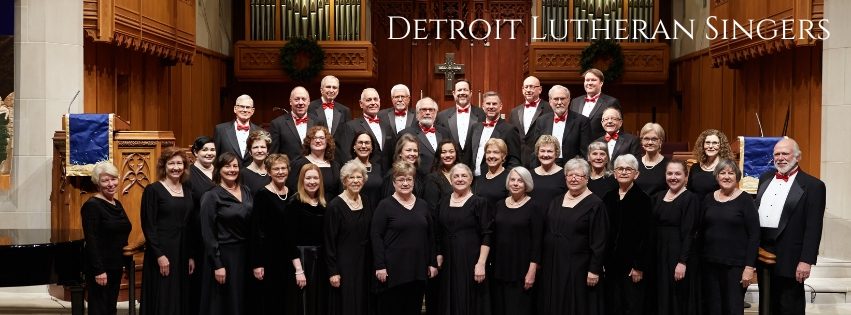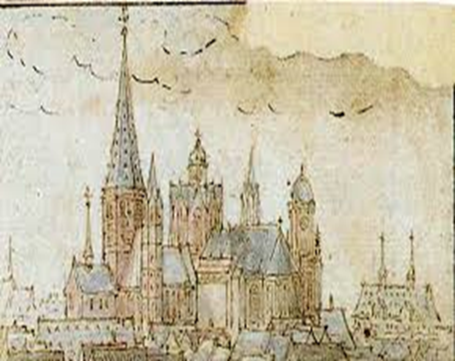Director’s Notes:
Welcome to our concert today. I hope you hear things which are new to you and things which are familiar. In a way, this leads us to a reason why our concert is constructed as it is.
There are people who study why people choose to go to church. One reason is that people are looking for something constant and consistent in a changing world. Certainly, the Catholic Mass is a constant. The mass dates from the time of St. Gregory [d. 604]. Since then, Lutherans, Anglicans, and to some degree Methodists have adapted the basic pattern of the early mass. Musical settings of this text (chant) date from these earliest times and were written by un-named composers – and they still exist. Peritan might be the first composer to put his name with the music he composed, sometime around the end of the 12th century. Since then, for the better part of 900 years, the Mass has been set to music by many well-known composers.
I’m not the first conductor to present the offices of the Mass where all the sections came from different composers. I first discovered this practice as a singer in the DLS when Eric Freudigman was directing. I enjoyed singing the mix of musical styles from different times to this familiar text.
Today’s settings are from a relatively short span of time. The earliest is by Vivaldi (1678-1741) written in 1716 (?). The most recent is by American composer, Samuel Barber (1910-1981). His “Agnus Dei” is his own transcription from “Adagio for Strings” (1939) in 1967.
Imagine what the times were like when these settings were first presented. Imagine the security which came from hearing the same words proclaimed every Sunday. Now enjoy the variety of musical expressions presented in these six works.
– Chris Hall


